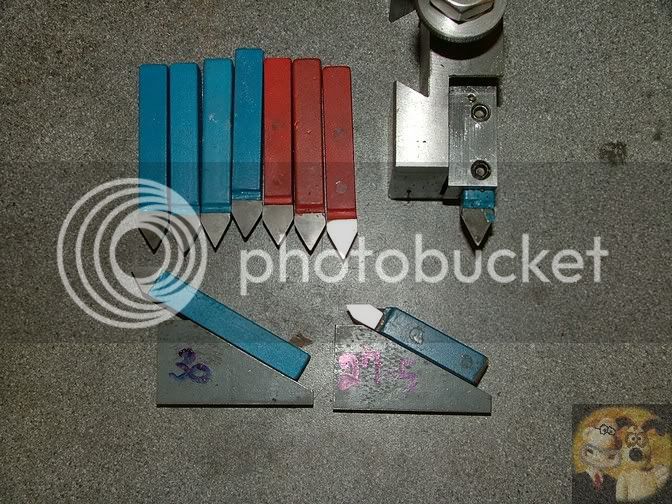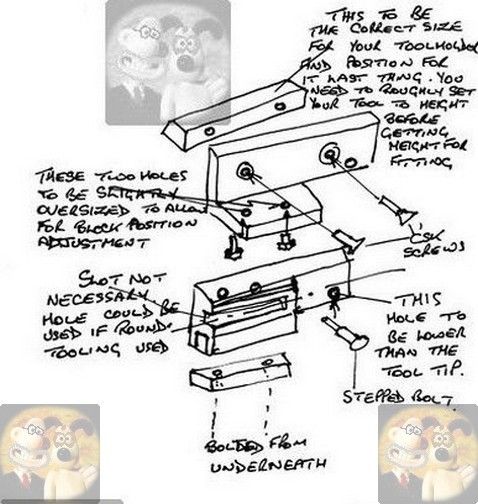I think people are missing the point here, has anyone considered if the lathe he is considering getting can use tipped tools?.
With the smaller lathes, they just don't have the power to get a CCMT tip to work correctly whereas with a CCGT tip, then things could be achieved, but they are limited.
The CCMT (moulded) tips work by basically delaminating the material at almost atomic level, and this requires power to do properly.
A CCGT (ground) tip works similar to an HSS tool, a cutting action. Unfortunately, these won't cut the harder materials as the very fine edges are prone to chipping.
I quote the CCMT & CCGT range because this seems to be the most prolific, cheapest to run, adaptable and best for model engineering use (that is the range I use for my 12" lathe), but only on machines that have the power to use them correctly.
IMHO, for smaller lathes, you would be better off looking at brazed tip carbide tooling if you need to go that way. If ground and used correctly, they can be used just like CCGT tips, but for all materials.
At one time, full sets of brazed tip cutters were given away with new machines, but because they were usually sold to beginners, they didn't get used correctly ( not set correctly for height, plus reground incorrectly when they chipped them) and so soon broke, so they complained about it online which gave them really bad press.
I bought a set of them for only a few pounds many years ago, and used them until they couldn't be reground and sharpened any more. I only went over to insert tooling because I bought a much larger machine with the power to do things properly.
I, in fact, still use brazed tip tooling for all my single point thread cutting as I can get different grades and angles to cover different materials reasonably cheaply from MSC, and they last forever if used correctly.
John






